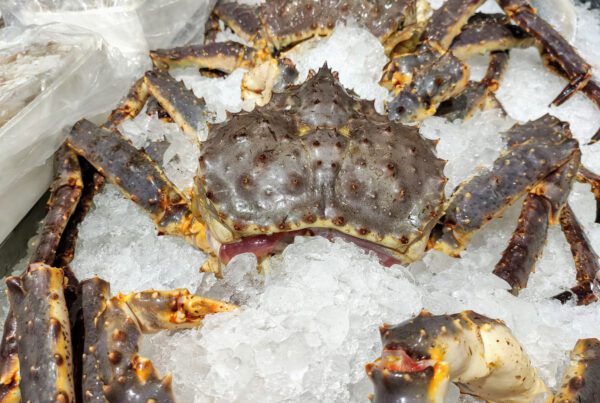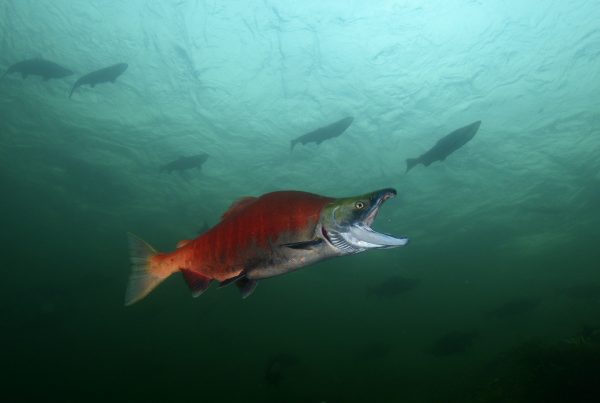A study published by the journal “Science of the Total Environment” has detailed damage to Dungeness crab shells in larvae is being seen already by excessive levels of carbon dioxide in the Pacific Ocean due to the burning of fossil fuels. The 2016 study examined the larvae in coastal waters of Oregon, Washington and British Columbia to understand the impact of the acidification of pockets in the Pacific Ocean. The Dungeness crab industry is valued at an annual $200 million and benefits both commercial and indigenous populations on the West Coast.
The study also looked into the impact that carbon dioxide has on pteropods, a snail the Dungeness crabs use as food. Pteropods are also showing severe carapace dissolution, a pitting of their shells that causes insecurity in the structure. But even more concerning is the damage acidification does to the small hair-like receptors on the crabs and snails. Once these receptors are damaged, movement becomes impaired, slowing them down and restricting access to food sources. Analysts expect a 30% reduction in the Dungeness crab population by 2063 if something isn’t done to correct the problem.
More research is needed on this subject as Puget Sound, a body of water known for hot spots of CO2 wasn’t part of the study and could show the advanced problems that come from prolonged exposure to such high levels. It is like Dungeness crabs can’t catch a break. Once again, if it is not the Pacific Ocean blob cutting back their food supply so that they grow so slowly that we reduce the fishing season it’s now that the water itself is toxic to their shell development.



